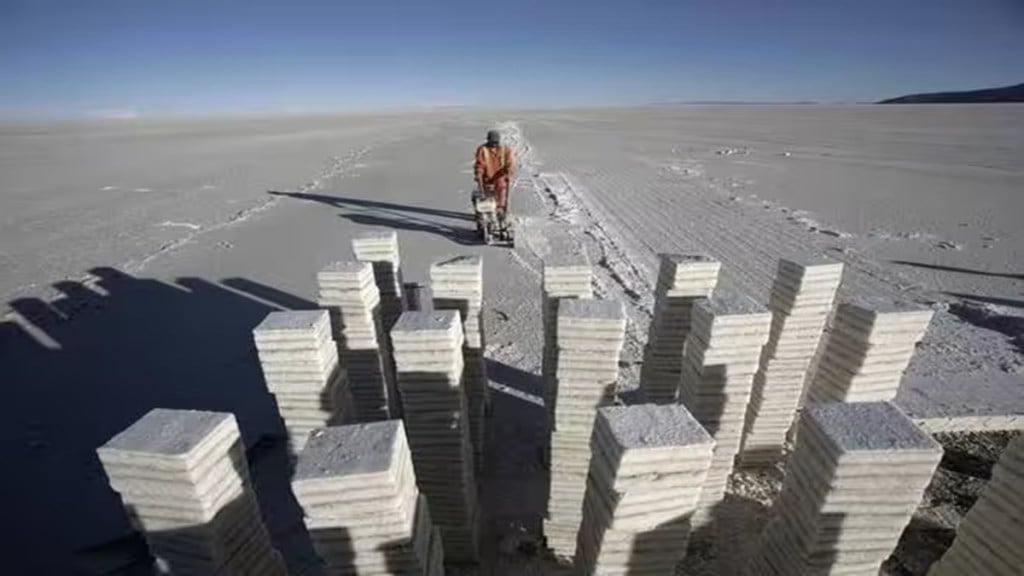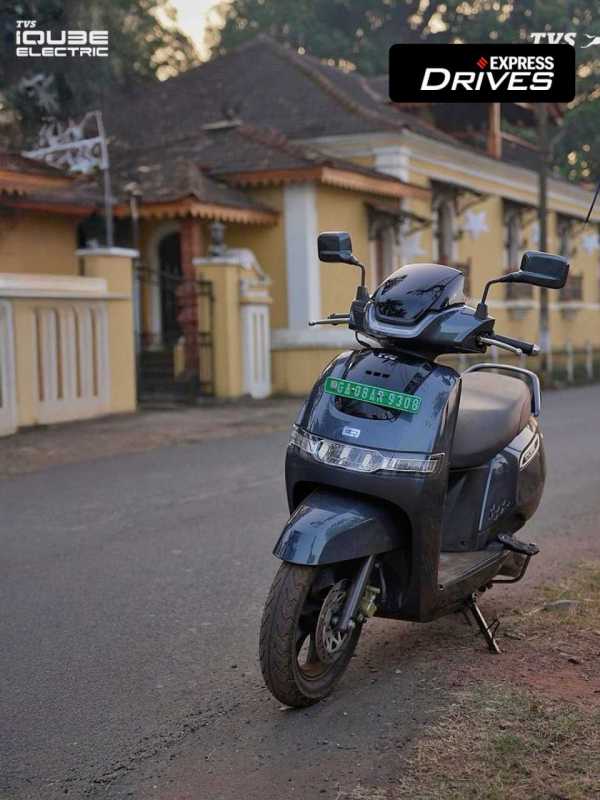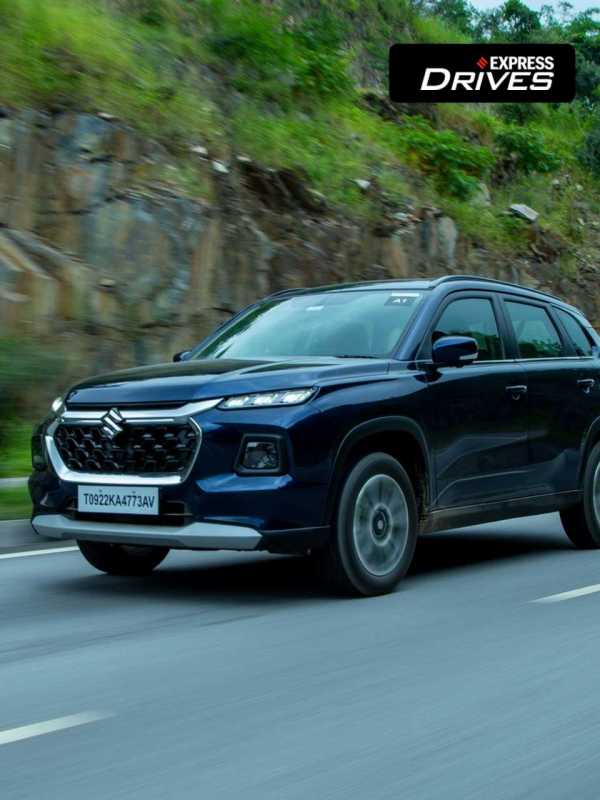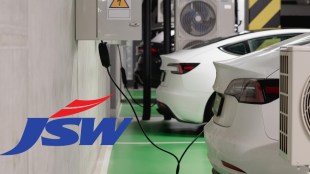Currently, Peru is the second-largest copper producer in the world, and presently has Hard Rock lithium. The South American nation does not produce lithium at the moment, although it contains one of the greatest lithium resources in the world. Because of the rising demand for lithium batteries for electric vehicles, there has been a boom in interest in exploring Peru’s lithium deposits recently.
The finding of a sizable hard-rock lithium deposit in the Puno region of southern Peru was announced by the Canadian mining company Plateau Energy Metals Inc. in 2008. The deposit is among the world’s largest and is referred to as the Macusani project. In 2019, American Lithium Corp. announced the discovery of the Falchani project, a new lithium deposit in the same region. The Falchani project is a hard-rock lithium deposit that is about 6 kilometers away from the Macusani project.
Largest lithium reserves in the world are found in Latin America; Bolivia, Chile, and Argentina make up the so-called “lithium triangle.” The combined lithium resources of these three nations exceed half of the global total. “May be soon, Peru will join this Lithium triangle and form a quadrilateral bloc,” Sandeep Wasnik, Advisor of ASIA – Latin American and Caribbean countries opines.
“The Falchani project, which is situated in the Puno region close to the Bolivian border, is home to Peru’s largest lithium deposit. More than 5.6 million tonnes of lithium carbonate equivalent (LCE) are thought to be present in Falchani. On the other hand, The Macusani project, which is situated in the Puno region, is another significant lithium deposit in Peru. More than 2.5 million tonnes of LCE are thought to be present in Macusani,” explains Wasnik.
The Peruvian government declared in April 2023 that it would allow American Lithium Corp. to conduct lithium exploration in a new region close to the Falchani mine. In addition, a new lithium mining law is being developed by the government and is anticipated to be passed in 2024.
According to American Lithium Corp, it is estimated to be the world’s sixth largest hard rock lithium deposit. a lithium exploration project managed by Macusani Yellowcake S.A.C, a subsidiary of Canada’s American Lithium Corp in the Puno region, close to the Bolivian border.
“Lithium extraction from Peru’s hard rock deposits is more difficult than from brine deposits. This is due to the fact that lithium is frequently bonded to other minerals and is substantially lower in hard rock deposits. The most popular technique for removing lithium from sources of hard rock is hydrometallurgy. The process of hydrometallurgy is complex and energy-intensive, and it may not always be practical to extract all of the lithium from the rock,” according to Wasnik.
Furthermore, “the procedure may produce hazardous waste products, which must be appropriately disposed of. Peru’s hard rock reserves are located in remote regions, which creates another difficulty for lithium extraction. Transporting the rock to processing plants becomes challenging as well as expensive as a result. Numerous companies are developing alternatives to lithium extraction from Peruvian hard rock deposits, despite the difficulties. Such companies are attempting to increase extraction process efficiency and lessen its negative environmental effects,” he adds.
In addition, Peru has significant uranium resources; among the world’s largest is the Macusani project, by American Lithium Corp. The Macusani project is located in the same location as the Falchani lithium project, and the two projects may be developed together. There are several synergies between the mining of lithium and uranium. Both metals are found in similar geological formations, and their mining procedures can complement one another. Waste rock from a lithium mine, for example, might be used to backfill a uranium mine. Furthermore, the development of uranium and lithium mines in the same area may result in economies of scale and less environmental effect from both mining activities.
Peru may emerge as a significant producer of both metals in the upcoming years if American Lithium is successful in advancing the Macusani uranium project as well as the Falchani lithium project. Since uranium and lithium are both necessary metals for the clean energy transition, this would be tremendous development.




















